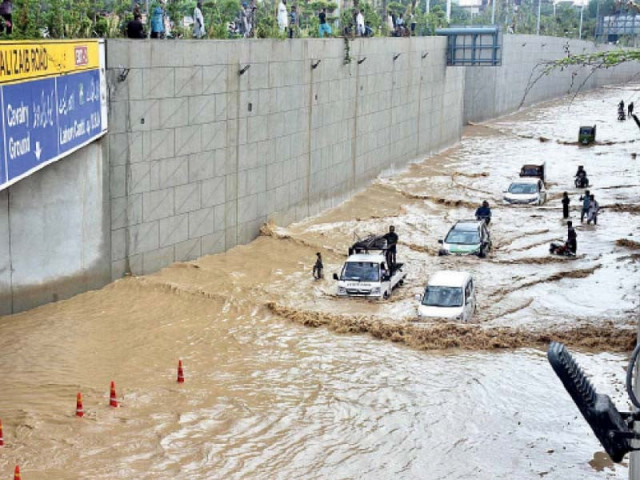More than 120 people died in Punjab in the past six weeks while torrential rains and sudden floods have swept away rural and urban colonies, according to official figures.
The provincial disaster management authority (PDMA) said that the current monsoon’s fate should continue intermittently until August 27, causing risks of river floods, urban floods and plowing in low areas.
Nationally, more than 700 people have lost their lives and nearly 1,000 others have been injured in rain -related incidents since the start of the season, including women and children.
In Punjab only, 54 deaths have been reported in the first half of July, the toll increasing regularly in recent days.
Read: River Sutlej on flood alert as water levels increase
The floods caused serious damage to the housing infrastructure. At least 123 houses were destroyed in Punjab, while dozens of others were partially damaged. More than 2,000 families have been moved and are housed in temporary camps and emergency facilities.
Hundreds of acres of permanent crops have also been carried away, inflicting significant losses on farmers.
The PDMA reported raised flood levels in the Sutlej river in Ganda Singh Wala and an average flood with the Sulemanki head. The Chenab river also swells quickly, threatening low districts, notably Gujrat, Sialkot and Narowal.
Meanwhile, the Tarbela Indus river remains at low flood levels, although the authorities have warned that water times may be necessary if precipitation continues, because the reservoir is already at full capacity.
On the other side of the border, the Bhakra, the Pong and the Dams of India are close to the maximum storage capacity. The Indian High Commissioner also warned of the flood levels raised in the Tawi River, that the experts were carried out by the Chenab river and the adjacent Punjab districts.
The assistance commissioner of Punjab and managing director of the PDMA ordered all the relevant services to remain on alert.
The agencies, including WASA, Rescue 1122, District administrations, local governments, agriculture, irrigation, health, livestock and transport, have been mobilized.
Machines and staff are deployed in vulnerable areas for water drainage, while flood rescue camps continue to provide an essential shelter and supplies to displaced families.




